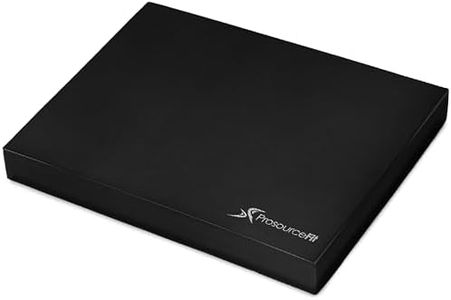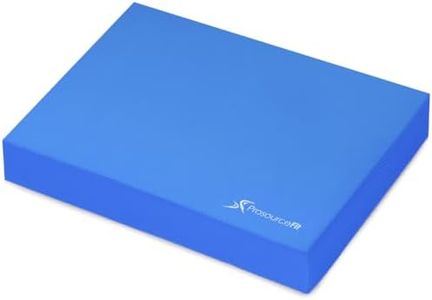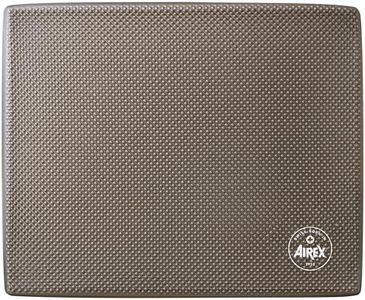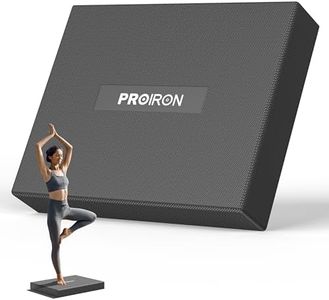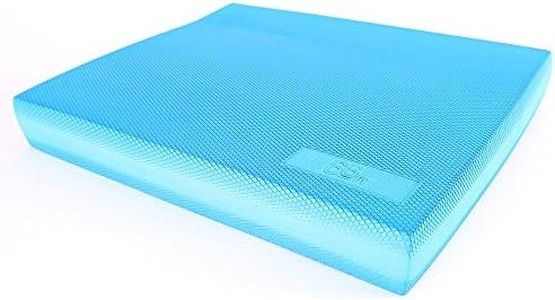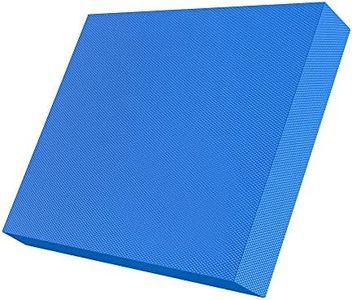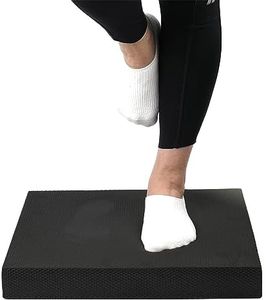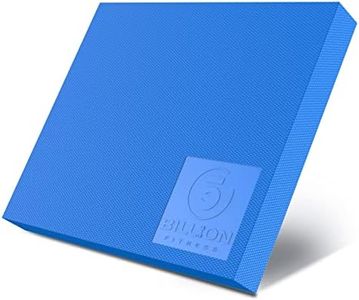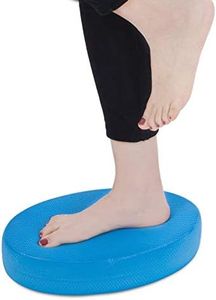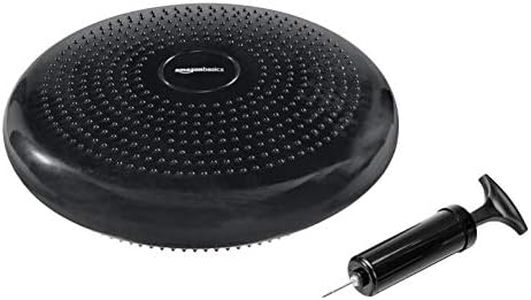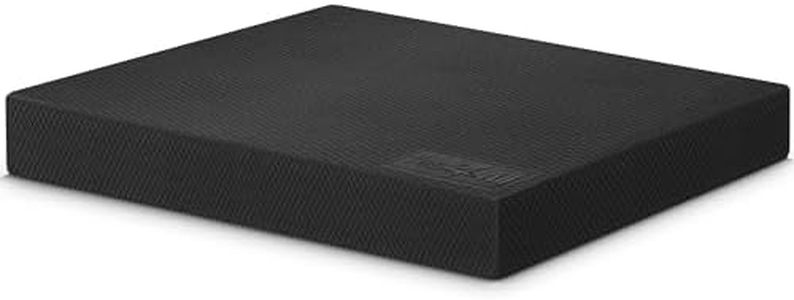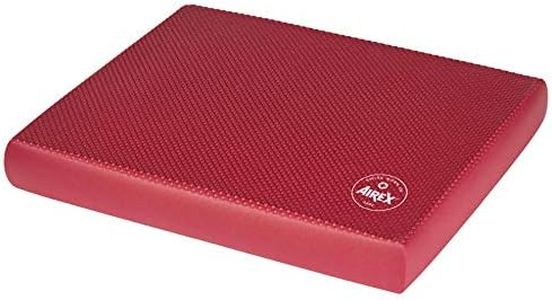We Use CookiesWe use cookies to enhance the security, performance,
functionality and for analytical and promotional activities. By continuing to browse this site you
are agreeing to our privacy policy
10 Best Balance Pads
From leading brands and best sellers available on the web.Buying Guide for the Best Balance Pads
Choosing the right balance pad can be the key to enhancing your stability, core strength, and overall workout quality. Balance pads are often used for physical therapy, yoga, sports training, and general fitness, making them a versatile addition to home or gym routines. It's important to think about your specific needs—whether you’re looking for extra support during rehabilitation or an extra challenge in your exercises. Understanding the key features will help you make a smart purchase that matches your activities and fitness goals.Material QualityThe material of a balance pad is important because it directly affects comfort, durability, and performance. Most balance pads are made from closed-cell foam, which gives a soft but supportive surface and resists absorbing moisture. Softer foams enhance instability, challenging your muscles more, while firmer foams provide more support and stability, which can be helpful for beginners or those recovering from injury. If you want more of a challenge and are comfortable with less support, a softer material may be right for you. If you prefer more stability or are just starting out, firmer foam is a safer choice.
ThicknessThickness determines how much instability the balance pad will introduce to your workout. Thin pads (around 2 inches or less) offer less instability, making them more suitable for beginners or balance training where more support is needed. Medium-thickness pads (2-3 inches) provide a good balance between challenge and control, suitable for most general fitness users. Thicker pads (over 3 inches) create greater instability, targeting advanced users looking to intensify their balance and core workouts. Consider your fitness level and desired challenge: choose thicker pads for more advanced exercises, and thinner ones for rehabilitation or starting out.
Surface TextureThe surface texture of a balance pad affects its grip and how comfortable it feels underfoot. Smooth surfaces can feel softer and more pleasant for barefoot use but may be more slippery if you sweat. Textured surfaces enhance grip, reducing the risk of slipping during exercises, and may also offer a gentle massage effect. If you often exercise barefoot or want extra traction, look for pads with a textured surface. If comfort is your main priority and you'll use it on carpet or with shoes, a smoother surface may be preferable.
Size and ShapeBalance pads come in various sizes and shapes, which influences how you can use them. Larger pads offer more standing room, making them better for a wider range of exercises or for users with larger feet. Smaller pads are compact, easy to store, and challenge your balance more intensely by limiting the surface area for your feet. Most pads are rectangular, but some are round or square. For full-body exercises or dynamic movements, a larger pad is better. For targeted balance work or portability, a smaller pad may suit your needs.
Ease of CleaningMany balance pads are used barefoot or in sweaty workout environments, so their ability to resist dirt and be cleaned is important for hygiene. Closed-cell foams resist absorbing moisture and bacteria, making them easier to wipe down, while open-cell foams can absorb sweat and odors more easily. If you plan to use your pad often, especially in shared spaces or barefoot, choose a product that advertises easy cleaning and moisture resistance.
